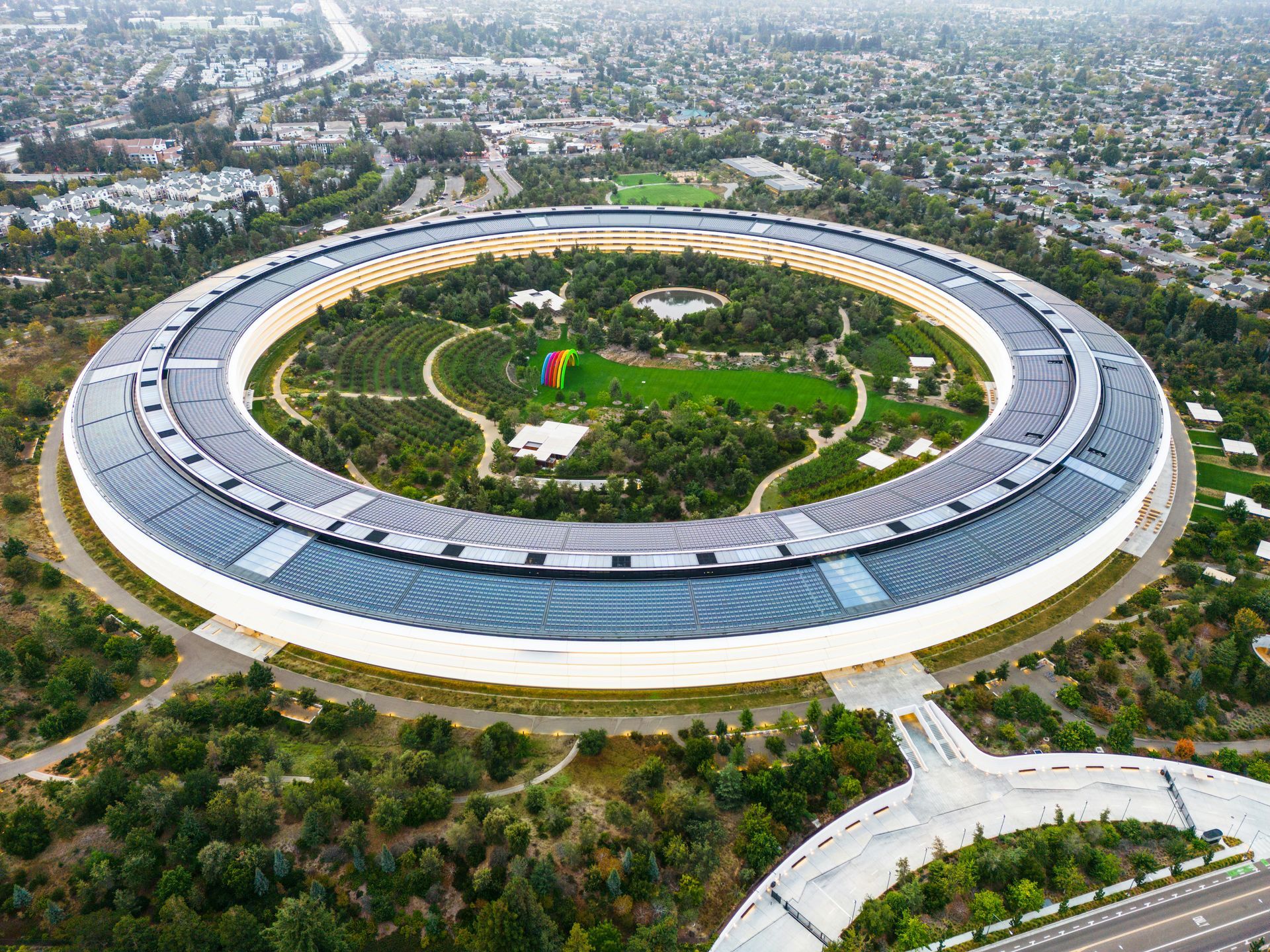Origins & Founding of Cupertino:
Before Cupertino became synonymous with Silicon Valley and tech innovation, it was a quiet agricultural community. The area was originally inhabited by the Ohlone people, who lived off the land’s fertile resources. Spanish explorers arrived in the 18th century, naming the nearby creek “Arroyo San José de Cupertino” after Saint Joseph of Cupertino, which eventually gave the city its name.
In the mid-1800s, American settlers established farms and ranches in the valley, drawn to the rich soil and Mediterranean climate. By the late 19th century, Cupertino was dotted with vineyards, wheat fields, and, most famously, orchards of apricots and prunes.
Growth as an Agricultural Hub:
For much of the early 20th century, Cupertino was one of California’s leading producers of fruit. Packing houses and canneries became essential to the economy, shipping dried fruit across the nation. The city’s rural identity was so strong that when Cupertino officially incorporated in 1955, many residents still lived in farmhouses surrounded by orchards.
The city’s agricultural roots are still celebrated today — McClellan Ranch Park, once a working ranch, now serves as a community park and nature preserve that reminds visitors of Cupertino’s pastoral beginnings.
Fun Facts About Cupertino:
- Fruit Heritage: Campbell’s early economy was so tied to fruit that it became known worldwide for its dried prunes, apricots, and peaches.
- Railway Roots: The historic Campbell railroad station is still a local landmark, reflecting the town’s growth alongside rail expansion.
- Heritage Theatre: Built in 1938 as part of Campbell High School, the Heritage Theatre remains a cultural hub for concerts and performances.
- Community Parks: Campbell Park and John D. Morgan Park highlight the city’s tradition of valuing open, green spaces amidst suburban growth.
Campbell in the Silicon Valley Era:
Today, Campbell is known for its charming downtown, tree-lined neighborhoods, and vibrant community events like the Campbell Farmers’ Market—one of the most popular in the Bay Area. Its transformation from farmland to a residential hub is a perfect example of how Silicon Valley cities have evolved to balance history with modern innovation.
For real estate, Campbell’s history matters. The very orchards and farmland that once fed the world are now neighborhoods filled with single-family homes, bungalows, and contemporary residences that remain in high demand. Buyers are drawn to Campbell’s strong sense of community, historic character, and its prime location near the heart of Silicon Valley.
Why Cupertino History Matters in Real Estate:
Understanding Cupertino’s past is key to appreciating its present real estate market. The same fertile land that once grew orchards now supports thriving neighborhoods with some of the most sought-after homes in Silicon Valley.
Families are drawn to Cupertino for its award-winning schools and safe, suburban atmosphere, while professionals value its proximity to major tech employers. The presence of Apple and other global companies ensures continued demand for housing, making Cupertino a strong and competitive real estate market.
For sellers, this history of transformation adds value — Cupertino’s story is not just about homes, but about being part of a city that shaped the Silicon Valley legacy. For buyers, it means investing in more than just property — it’s a stake in a community with deep roots and global significance.


